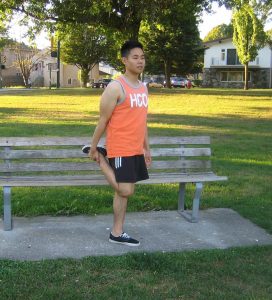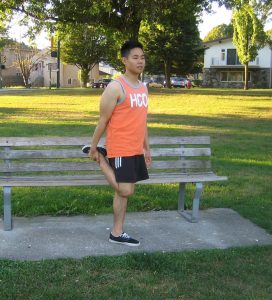Compressed spinal disc disorder is characterized by crushed or compressed spinal discs. As an individual starts to age, the cartilage and bones in the spine starts to deteriorate and form bony growths or bone spurs. The deterioration of the cervical discs and joints can cause the spinal discs to compress which places additional pressure on the nerve roots.
What are the causes?
The usual cause of compressed spinal disc disorder is the normal deterioration of the bones due to aging. As an individual starts to age, the spinal discs start to dry out and lose their elasticity while the ligament connecting the neck muscles and bones start to become rigid.
Most women and men exhibit some indications of cervical spondylosis by 50 years old but these do not appear years after. Other possible causes of compressed spinal disc disorder include previous neck injuries and surgeries as well as severe arthritis.
Potential risk factors for compressed spinal disc disorder
Various factors can contribute to the increased risk for developing the condition. Always bear in mind that genetics play a significant role in the development of compressed spinal disc disorder.

Smoking also increases the risk as well as those who have occupations that entail significant neck movement. Even mental health conditions as well as depression are also believed to contribute to compressed spinal disc disorder
What are the symptoms?
The frequent symptoms include pain and rigidity in the neck. Always bear in mind that the pain can range from mild to severe and often worsened when looking up or down for prolonged periods of time and relieved by lying down. The pain can also radiate down through the shoulders and into the chest or arms.
The tingling sensation and numbness often occur along with pain and quite evident in the legs, arms, hand and feet. The other symptoms include balance loss, difficulty walking, loss of bladder control and abnormal reflexes. In some cases, muscle spasms and headaches can also occur.
Management
The conservative treatment for compressed spinal disc disorder includes a combination of physical therapy, soft collars that limit movement and medications. Alternating cold and heat can also minimize the severity of the symptoms.
Steroid and anesthetic medications administered via injection into the spinal column can also reduce the pain. Surgery is considered as the last resort for those who suffer from intense pain where the conservative treatments are not effective. Surgery usually involves the use of compression and relieving pressure off the nerves.
Preventive measures
Due to the link to advancing age, there is no way to completely prevent the compression from occurring. There are a number of recommended techniques that can reduce the risk of developing the condition.
Engaging in regular physical exercises and neck exercises can buildup strength and flexibility. It is vital to avoid high-impact activities such as running and maintain proper posture to minimize the risk for developing compressed spinal disc disorder.

